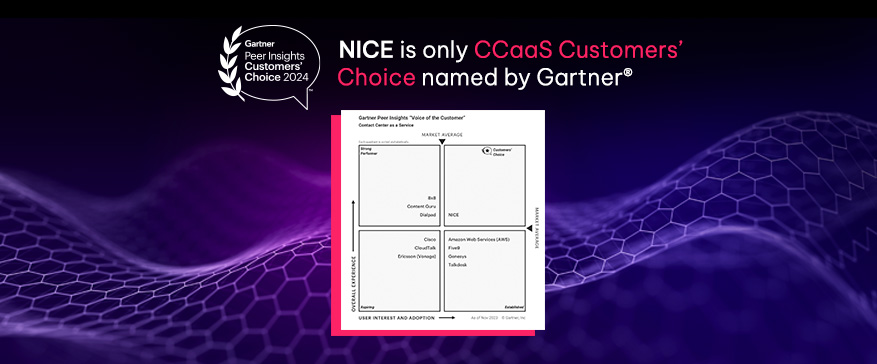What is Workforce Augmentation?
Workforce augmentation refers to the strategic use of advanced technologies, artificial intelligence (AI), automation, and external expertise to enhance human capabilities within an organization. Unlike workforce replacement, which focuses on fully automating tasks, workforce augmentation aims to empower employees by providing them with AI-driven tools, data insights, and intelligent automation to improve productivity, decision-making, and efficiency.
How Workforce Augmentation Works
Workforce augmentation integrates various technologies and methodologies to optimize human potential. Key components include:
- Artificial Intelligence & Machine Learning (ML): AI-driven assistants, generative AI, and predictive analytics help employees automate repetitive tasks and make data-driven decisions.
- Robotic Process Automation (RPA): Software bots handle routine processes, reducing manual workload and freeing employees for higher-value work.
- Augmented Reality (AR) & Virtual Reality (VR): Used for training, remote collaboration, and immersive simulations in industries like healthcare, manufacturing, and customer service.
- Cloud-Based Collaboration Tools: AI-powered communication platforms enhance productivity, streamline workflows, and improve cross-functional collaboration.
Benefits of Workforce Augmentation
Organizations leveraging workforce augmentation can expect:
- Increased Productivity: Automating repetitive tasks allows employees to focus on strategic initiatives.
- Enhanced Decision-Making: AI-driven insights improve accuracy and speed in business decisions.
- Scalability & Flexibility: Companies can scale operations efficiently without needing to expand the workforce significantly.
- Improved Employee Experience: Employees can engage in more meaningful work, leading to higher job satisfaction.
- Competitive Advantage: Businesses that augment their workforce effectively stay ahead in innovation and customer service.
Workforce Augmentation vs. Workforce Automation
While often used interchangeably, workforce augmentation and automation have distinct differences:
- Workforce Augmentation: Enhances human capabilities with AI and automation tools. Employees remain at the core of decision-making and execution.
- Workforce Automation: Replaces human intervention in repetitive and rule-based processes, minimizing the need for human labor.
Use Cases Across Industries
- Customer Service: AI chatbots assist human agents by providing real-time responses, sentiment analysis, and suggested replies.
- Healthcare: AI-powered diagnostic tools support doctors in identifying diseases with greater accuracy.
- Finance: Automated fraud detection systems enhance risk management.
- Manufacturing: Collaborative robots (cobots) work alongside human workers to improve efficiency and safety.
The Future of Workforce Augmentation
As AI and automation continue to evolve, workforce augmentation will play a critical role in shaping the future of work. Organizations that effectively integrate AI-powered tools with human expertise will gain a significant advantage in efficiency, innovation, and customer experience.
Learn how
Workforce Management can enhance your workforce strategy:
Explore Workforce Management.







